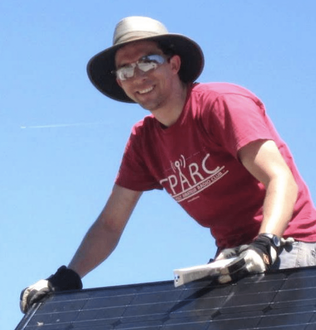| This Friday, 2/15 we are holding our February General meeting (everyone is welcome). Our invited speaker is Marcel Stieber, AI6MS. Marcel will walk us through the system design for off-grid solar-powered radio sites including power budgets, equipment selection, and maintenance. He will use a case study to explore specific design details and decisions to help us deploy our first fully-off-grid solar-powered radio site! Marcel is an electrical engineer currently working at Amazon as a hardware systems integration lead. |
|
|
|

